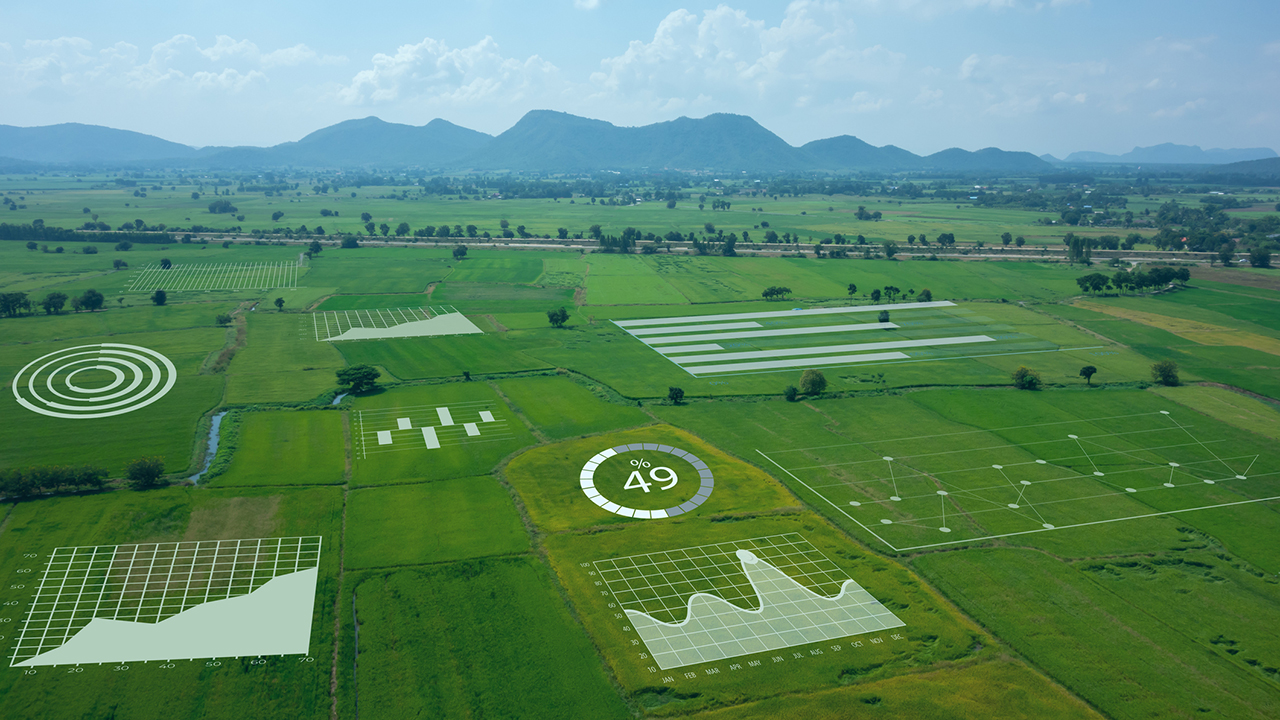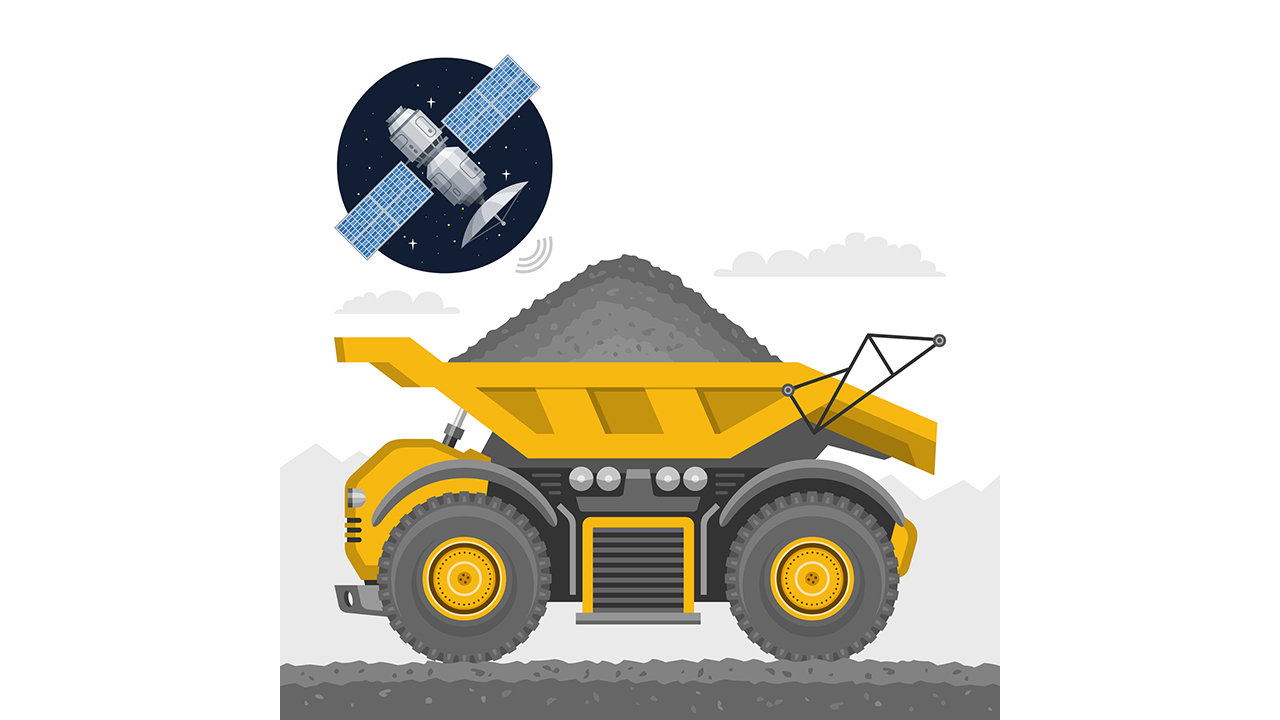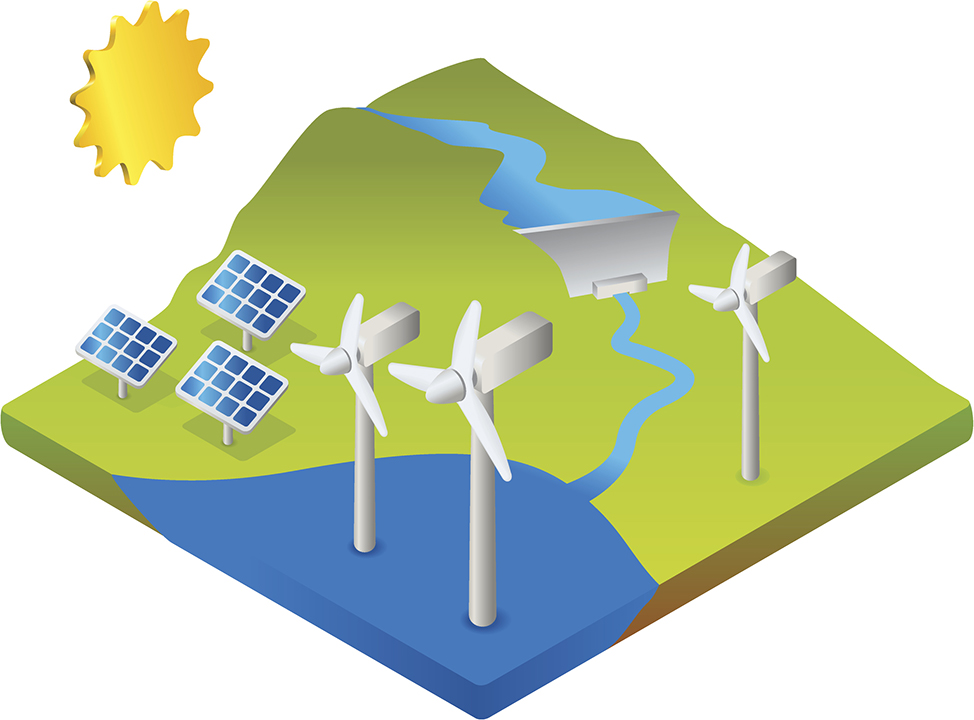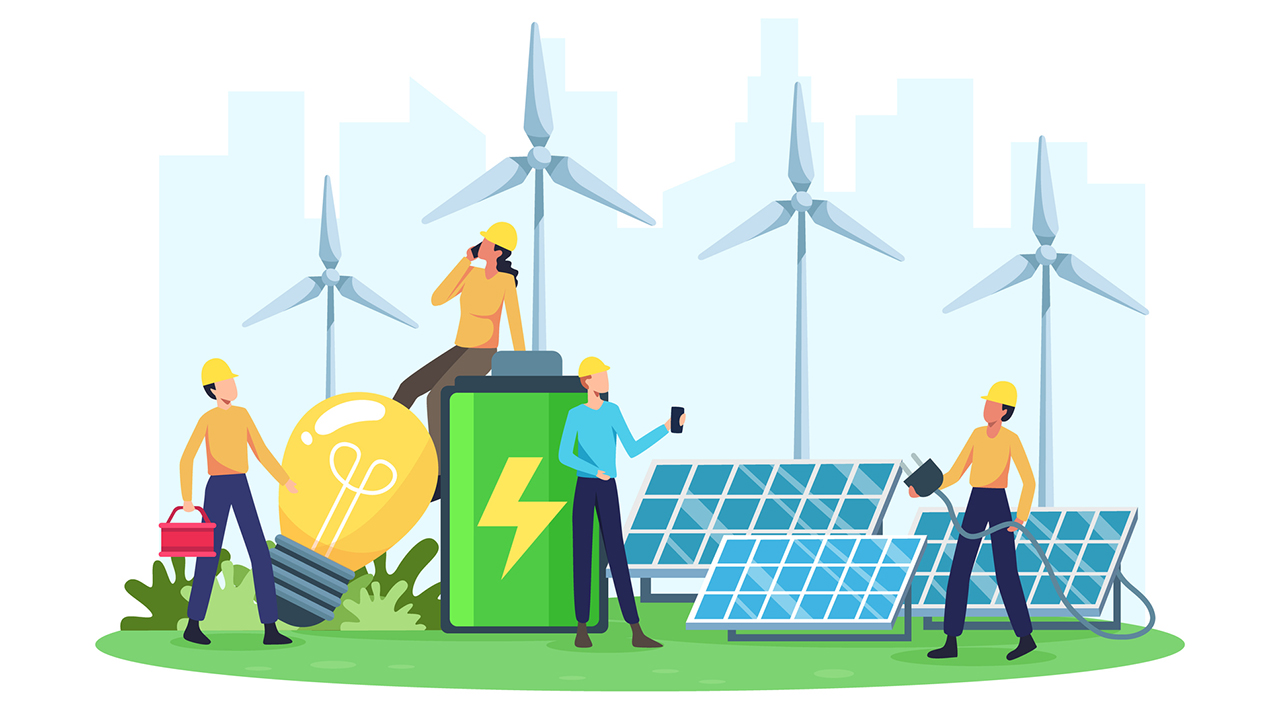Clean and green technologies are nothing new, but their adoption is increasing as municipalities seek to improve air quality and businesses seek to improve their stewardship of the environment. Technology advances and the Internet of Things are driving massive improvements in environmental practices today, supporting initiatives that contribute to a cleaner, more sustainable world.
But what is clean technology, and how does it help improve our world?
Clean Technology In A Nutshell
Simply put, clean technology, or “cleantech,” utilizes sensors, embedded radios, gateways and cellular routers to optimize process efficiencies that would otherwise require fossil fuels and manual intervention – such as a person in a truck driving from site to site to check on remote processes. Because of this, cleantech reduces the use of natural resources. Examples of cleantech include renewable energy systems, like wind, solar and hydro. They can also include smart electrical grids, smart cities, and agriculture, as well as sustainable products, services, and infrastructure in a broad range of
industrial applications.
Green technology also supports consumer applications like electric vehicles and charging systems, as well as smart home systems where sensor-driven IoT solutions help make everyday activities more convenient and cost-effective. Beyond improving quality of life, clean technology also helps people save money by optimizing home energy consumption.
Cleantech is not only driven by a desire to improve environmental practices. Today, there are major incentives for business and government in terms of time efficiencies, cost savings, and reduction in the use of costly resources. Meanwhile, product developers serving this market are well positioned to gain market share. There is significant evidence today that green technologies can improve the bottom line. We are entering a cleantech boom.
The Eco-Advantages of Process Improvement

Clean technology commonly refers to environmentally-friendly tools and technologies, but also extends into process improvement. For example, you’ll find cleantech applications in manufacturing, logistics, agriculture, and just about any large-scale industry that can benefit from process automation.
Using technologies like IoT, machine learning, and artificial intelligence, entire industry sectors have revolutionized their processes from end-to-end. In agriculture, green tech optimizes water usage to minimize waste. It also helps farmers improve production yield with less human intervention. The result is higher-quality products that consume fewer fossil fuels to grow and process, which can therefore deliver better margins and reduce costs to the consumer.
City infrastructure is another excellent example of clean technology. Whether it’s street lighting, waste management, snow removal, or road maintenance, cleantech works around the clock to ensure residents are safe by monitoring conditions and triggering service as needed.
Public transit relies on cleantech to reduce emissions, along with providing other benefits, like predictive maintenance and automated fare collection. This results in a reduction of the required tools and supporting infrastructure required for transit communications and backhaul – creating a value chain that resonates with transit agencies and city managers.
Even in the financial sector, banking apps we leverage every day are rooted in cleantech. Reducing the need for customers to physically visit a bank branch, clean technology is helping to keep cars off the road, which can help to minimize our overall carbon footprint. What’s more, the more intelligent these apps become, the faster customers can obtain the answers and information needed to make sound financial decisions. Rather than eliminating financial personnel, this technology is actually making their jobs more valuable because they can dedicate more time to customer service and improving their customer relationships.
The bottom line is that any process that can be automated is a candidate for clean technology. With a combination of sensors, software, and intelligent data analysis, cleantech powers our world. The food we eat, the way we get around, home climate control and safety on the job all benefit from better environmental practices every day.
Clean Technology and Its Relationship to IoT

The Internet of Things (IoT) is a critical element in cleantech. It enables sensor-based solutions that minimize the need for human intervention and provide a data-rich environment to help service providers constantly improve.
Safety is always a major concern in most industries. For example,
mining can be extremely dangerous for workers, but cleantech stands to make significant positive changes for safety while also supporting more sustainable and eco-friendly practices.
Autonomous equipment can now go places that could be deadly for humans. We can more precisely monitor conditions and assets, allowing operators to respond more quickly to issues and minimizing environmental impact — capabilities that would be impossible using manual processes. Additionally, automating data collection dramatically improves accuracy by helping eliminate the possibility of human error.
Cleantech at the Edge and Beyond

One of the most impressive advances in recent years — and, arguably, what’s making so many improvements possible — is IoT’s capability of operating on
low-power networks.
IoT sensors can collect enormous volumes of data, so the choice of operating a system on cellular or standard networks can be crucial, both from a reliability standpoint and a financial one. One key way to mitigate massive data consumption is through the use of edge computing, machine learning and artificial intelligence. An example of this would be minimizing the transmission of standard, day-to-day “heartbeat” data, and focusing more on timely delivery of outliers, as we describe in the blog post, "
What Is Edge Computing?"
Data collection at the edge can introduce speed and efficiency into centralized solutions, further improving AI, ML, and data-rich analytics in the cloud. What this means for industries depending on these technologies is that they can continually improve process, expand production, extend the life of critical assets, and add capabilities with less equipment while consuming less energy.
Today’s sensors can transmit on low-power networks offering a range of efficiency improvements, such as longer battery life, no line-of-sight requirements, and open-source interoperability. Equipment and standards are slowly becoming standardized, making them less expensive to deploy and operate. Even when retrofitting existing infrastructure, installation is sometimes as simple as attaching a sensor to a machine.
Wind turbines are an excellent example of clean technology in action. Not only do they generate green energy from a source that does not deplete our resources, but remote monitoring helps ensure they are always operating at peak capacity — without the need for unnecessary site visits by field staff.
The Future of Clean Technology: Sustainability and Jobs

As climate change, air quality, and resource optimization continue to impact the innovation landscape, we can expect to see a greater push by governments to adopt and improve clean technology. Many countries now have implemented regulatory frameworks to mandate or incentivize the development and implementation of cleantech solutions.
The positive impact on global economies should never be discounted. Green technologies are creating exciting new opportunities for engineers, maintenance workers, project managers and many other professionals, providing a myriad of career options and opening doors for a new generation of learners, innovators and workers. Automation and IoT stand to create high-value jobs and meaningful career opportunities.
Best of all,
clean energy sources like solar, wind, and wave power offer sustainability for communities around the world. That means these approaches have a net-positive impact on the environment by encouraging the regeneration of resources, improving carbon efficiency and minimizing environmental damage.
Consumers have a strong role in the adoption of green technologies as well, from the use of smart appliances, thermostats, and garage door openers, to connected homes, cars, wearables, and more. With the convenience and peace of mind it provides, cleantech is powering our world.
To learn more about clean technology and how Digi is pioneering the IoT landscape,
reach out today.